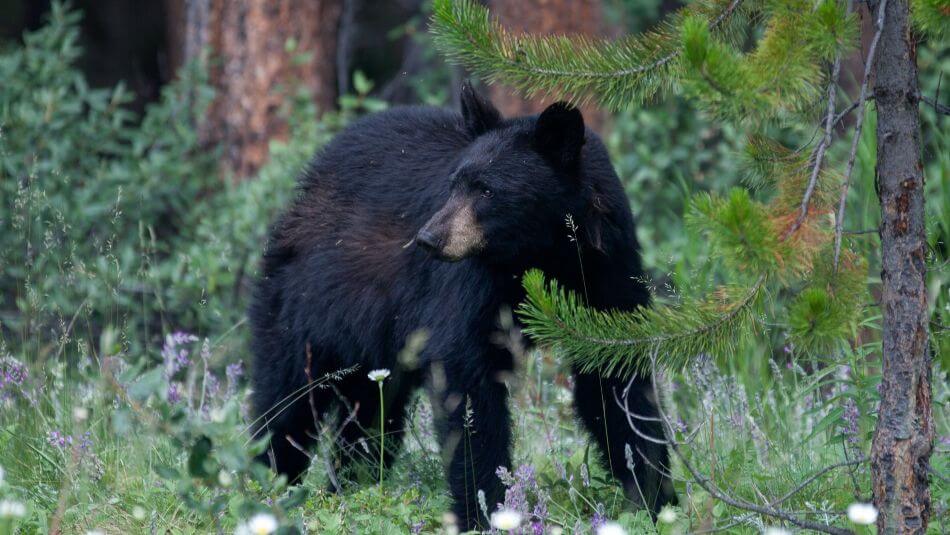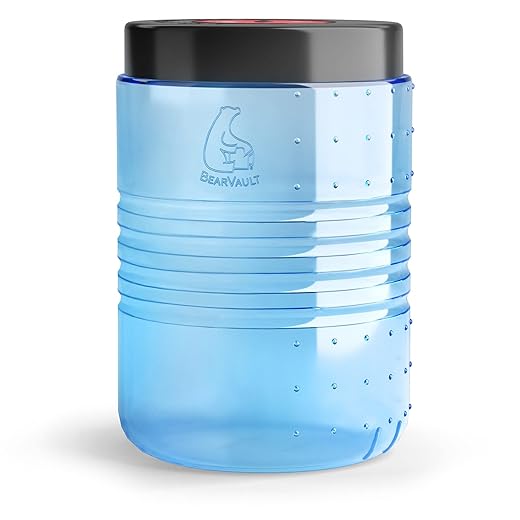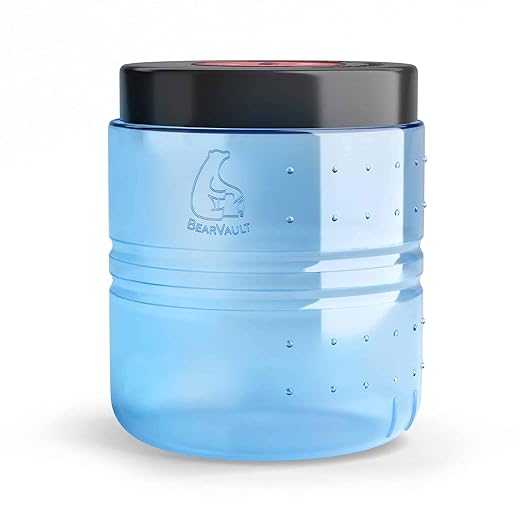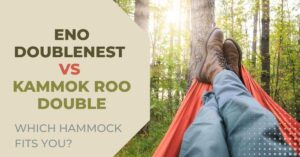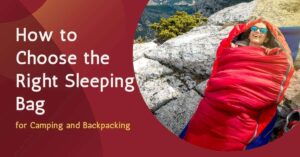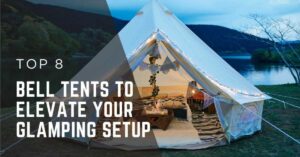Keep Bears Away and Your Food Safe
You can prevent bear encounters by storing food smartly. One small scent can attract bears from miles away. This guide shows you how to pack, choose, and use a bear canister with confidence and ease.
What you will need
Plan
Scout and plan your campsite with food storage in mind
Want fewer bear encounters? Pick your location before you pitch your tent.Decide on your cooking and food storage zones before you settle. Choose a site that offers good visibility, sits downwind from sleeping areas, and follows park rules on distance from trails and water. Visualize where smells will travel and where wildlife could approach.
Identify key features and check them on arrival:
Walk the area, note wind shifts during the evening, and mark the locker or storage spot for your bear canister on your map. If a locker exists, plan to carry your food there immediately after cooking.
Sort and pack food to minimize odor and bulk
Think a grocery bag is fine? Think again. Small choices make big differences.Separate scented items like toothpaste, deodorant, cooking oil, and spices into small, sealable bags. Keep toiletries and cooking oils away from your main food pack.
Label and pack breakfast oats, snacks, and each dinner in its own bag. Store sauces and oils in their own odorproof pouch to prevent leaks and lingering smells.
Choose the right bear canister for your trip
Not all canisters are equal – size, certification, and weight all matter to you.Choose a canister that is agency-approved or made by a trusted brand. Pick models that meet local regulations, such as those accepted by national parks.
Match capacity to your group and trip length. Pack a canister that fits all meals and scented items without overstuffing. For example, for a 2-3 day solo trip, choose a smaller canister; for a multi-day group trip, consider a larger capacity or multiple canisters.
Consider weight and packability. Look for lightweight materials and a shape that fits inside or on your pack. Test placing the canister in your pack before you leave.
Distribute weight across packs if you carry more than one bear canister. For example, put one canister in two different packs to balance the load and keep food accessible.
Load the canister smartly to save space and control smells
Stuff it like a pro – packing order can shave weight and headaches on the trail.Pack smart to save space and cut odors. Place heavy, dry items first so the canister stays stable and you can stack softer items above them.
Place and use the bear canister at camp the right way
Where you set it can be the difference between a quiet night and a visit you do not want.Place the canister at least 100 feet from your tent, trails, and water. Walk about 30 paces to estimate the distance and pick a spot that keeps human and wildlife traffic separate.
Keep the canister on the ground in plain view. Do not try to hang it unless park rules require hanging. Displaying it openly helps rangers spot problems and reduces the chance of animals damaging vegetation while searching.
Maintain good habits: clean, manage trash, and report wildlife
Small daily habits keep bears uninterested. Want fewer problems? Do these simple things.Wash cookware immediately after use. Pack out or secure all trash and never burn or bury food scraps. Report bear activity or damaged gear to rangers.
Wash cookware immediately after use and pack out or secure all trash in bear-resistant containers. Do not burn or bury food scraps. If you see bear activity or damaged gear, report it to rangers so they can act. Follow Leave No Trace principles to protect both you and wildlife.
Simple steps for safer, happier trips
You can make a food storage routine by following these steps to reduce wildlife encounters, protect animals, and sleep in the backcountry. Commit to clean habits, bear canister use, and reporting?

